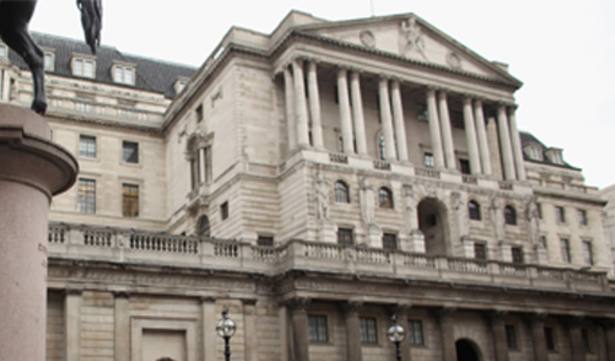That Janet Yellen’s US Federal Reserve will be the first of the world’s major economies to raise interest rates appears inevitable.
Yet when the Federal Open Market Committee (FOMC) deems it the right time to do so and what happens when it does begin the process of normalising monetary policy are relative unknowns.
In minutes from an FOMC meeting towards the end of 2014, the Federal Reserve said it would be “patient” ahead of increasing interest rates in 2015, having previously stated that it would be appropriate to maintain current rates for a “considerable time”.
Markets interpreted the use of the word ‘patient’ as an indication that a rate rise could come earlier than expected.
However, the minutes from a two-day meeting of the committee in December sought to correct any speculation that a rate rise was imminent.
“Most participants thought the reference to patience indicated that the committee was unlikely to begin the normalisation process for at least the next couple of meetings,” it said.
The Federal Reserve ended its programme of quantitative easing (QE) at the end of October, and since then the markets have been bringing forward the date at which they believe Ms Yellen and her colleagues will move to tighten monetary policy.
Stewart Robertson, senior economist at Aviva Investors, notes: “The Federal Reserve is almost certainly going to be the first major central bank to raise interest rates and we believe that it will arrive by the middle of 2015. It could come a bit later than that, although it is unlikely to be any sooner.
“While it will probably be the first of several rises, the truth is that we just don’t know how far rates will go up because we are in uncharted waters.”
Ian Winship, manager of the BlackRock Absolute Return Bond fund, believes that markets have settled on a rate rise in the middle of this year. He looks back to the market volatility in October 2014 – dubbed the ‘flash crash’ following a dovish statement from the Federal Reserve – as a sign that the markets are ready for the US to begin normalising interest rates.
He explains: “The markets got into a bit of trouble, but what caused them to come back was a more hawkish Fed statement, which flies in the face of what we’ve been seeing in the past three years.
“What’s been supporting the markets during the past number of years has been monetary policy and all of a sudden a dovish signal from the most important central bank caused the markets to react in exactly the opposite way.”
Mr Winship also credits the Federal Reserve with increasing transparency in a bid to avoid another ‘taper tantrum’, as happened in 2013 after the now infamous statement by Ben Bernanke.
“The markets seem a lot more comfortable with the reality that the Fed will raise rates around about the middle of this year,” he notes.






